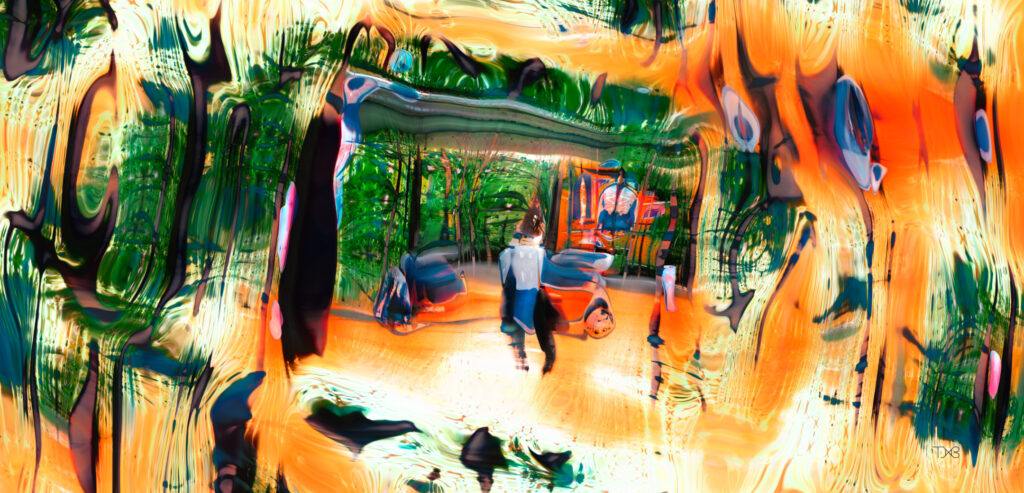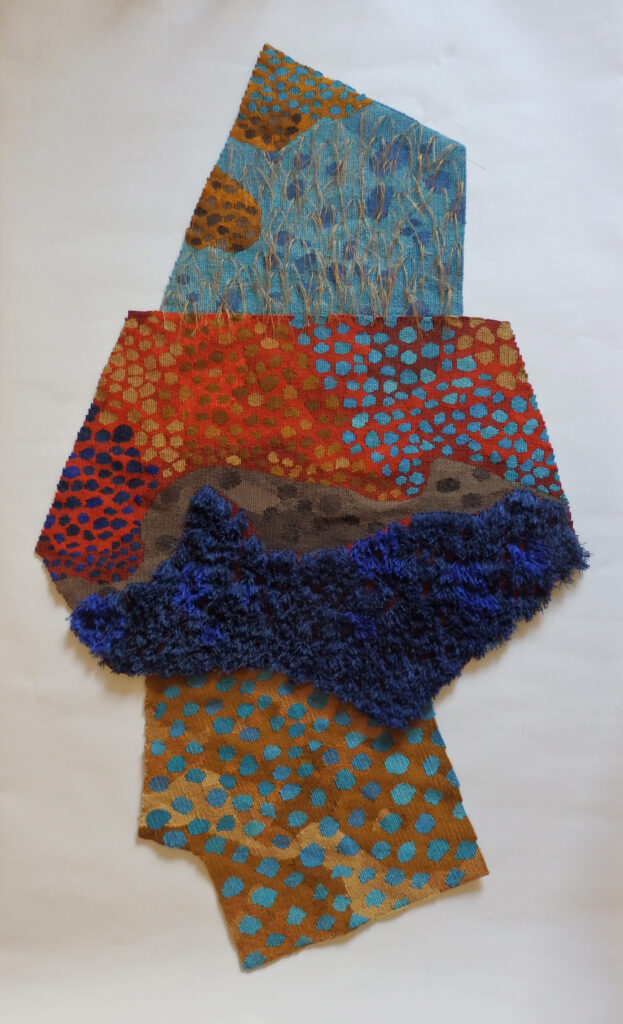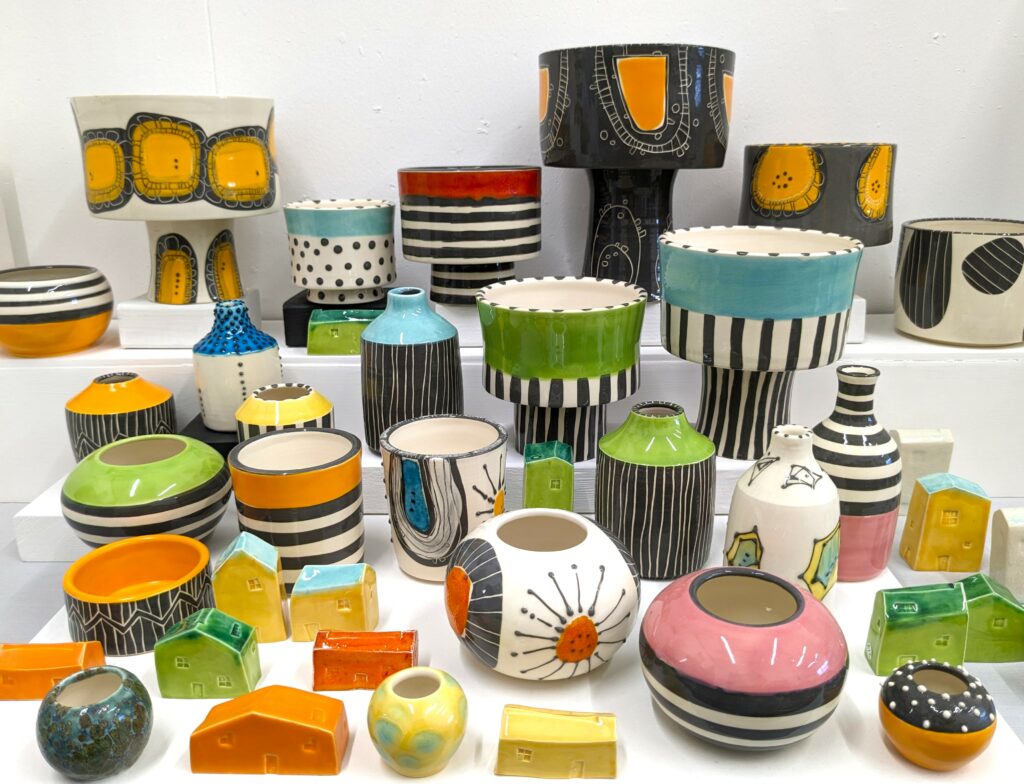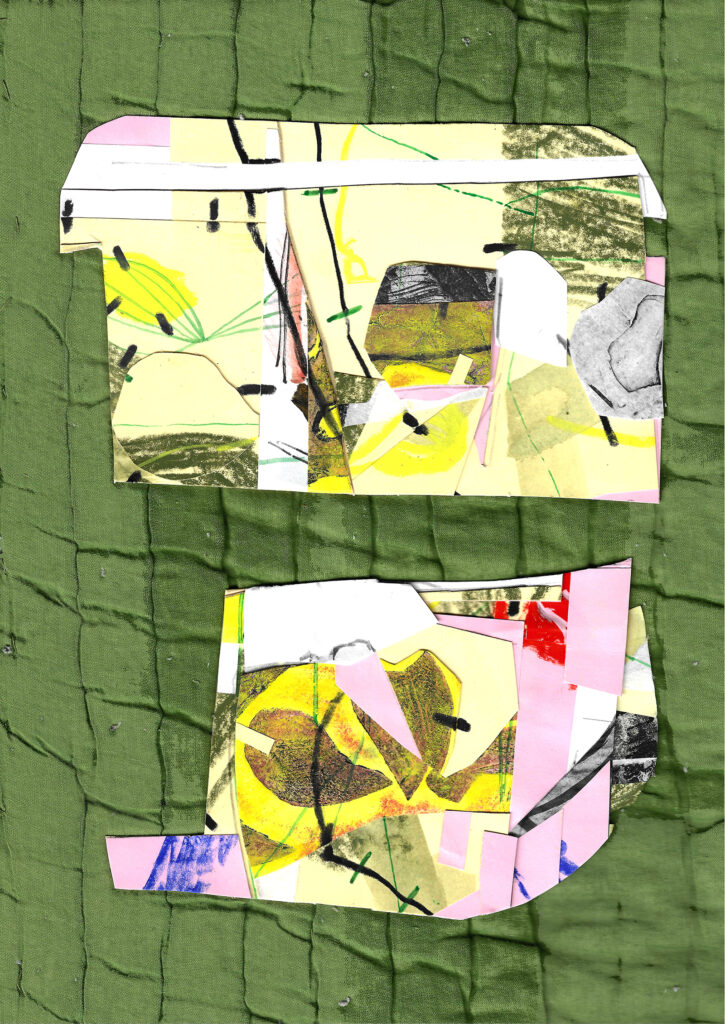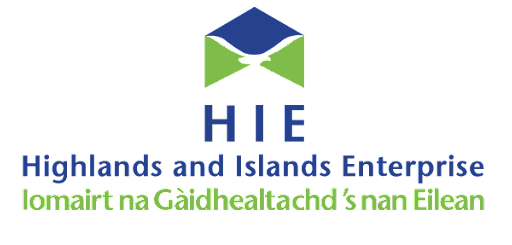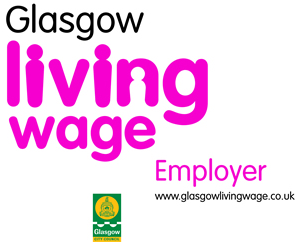Digital artist and coder Tim Murray-Browne reworks AI through glitch, coding, mysticism and personal memory in an exhibition of new work.
The invitation to the preview of this exhibition on Friday 1 December is open to all. Please RSVP here.
SMALL FRAME, INFINITE CANVAS offers an alternative perspective on generative AI through creative coding, glitch and personal memories.
Each image is generated from a single customised AI. I trained the AI to imagine new memories based on my lifetime archive of 25,000 photos. It has only seen what I myself saw at one point and felt moved to record. The images it generates echo my visual world: Scottish landscapes, tree branches criss-crossing under the sky, rock textures from Cornish beaches and the contours of the human body. (I excluded photos of other people’s faces, but kept many close up studies of the human body.)
Yet my photo archives are a more diverse range of images than this AI was designed to handle. It struggles to make its creations ‘lifelike’. Artefacts appear revealing its own endless world of algorithmic creation.
I modified the AI to expand its frame, creating ever larger images that bring these hidden glitches to the foreground. Each image here contains a small square frame near its centre. As we move away from that optimised frame, the image disintegrates into an endless canvas of offcuts and mathematical building blocks.
Our relationship with AI is still fluid. In my mind, it jostles for contradictory roles: a tool, a collaborator, a pathological copycat, a new kind of mind – sometimes all these at once. The technology is racing ahead faster than my intuitions can.
A common approach to training AI is to harvest huge amounts of images off the web, aiming for a monolithic AI. When I began researching AI in 2018, I felt a strong instinct to train my own system using my own data in the safety of my own PC. If we all express ourselves through the same systems handed down from above, we will surely all find the same paths and end up saying the same things. I needed a way to make it my own, to fuse its world with mine.
In 2021, I stepped back from the overwhelming stream of new AI systems to dig deeper into what’s possible with this single AI I trained. In the years since, I’ve developed a relationship with it. As with many AIs, at first everything is overwhelmingly magnetic. Then it all starts looking the same. But then, after some time, some things emerge that resonate more deeply.
In making the leap to the physical world, I wanted to embrace the scale of the images. They combine detail and scale in a way that can be lost in the fluidity of digital display.
SMALL FRAME, INFINITE CANVAS was created with support from Creative Scotland awarding funds from the National Lottery, Wasps Studios and Preverbal Studio. The AI used to create these images is based on StyleGAN3, created by Nvidia.
Tim Murray-Browne is an award-winning digital artist, creative coder and AI engineer based in Glasgow. His work connects AI, dance, image and sound to explore how we are shaped by technology, and how we might build it differently. It includes creating AI systems that translate dance into sound, an ensemble of new musical instruments that is played entirely by its audience, interactive audio-visual sculptures and live performances with real-time AI.
Tim holds a Masters in Maths and Computer Science from Oxford University and a PhD in Electronic Engineering from Queen Mary, University of London. His work has been awarded the Sonic Arts Prize, nominated for the Ars Electronica STARTS Prize and shown at venues including Tate Modern (London), Victoria & Albert Museum (London), Centre for Contemporary Arts (Glasgow) and Leonardo da Vinci Museum of Science and Technology (Milan).
STATEMENT
My work explores the parts of being human that gets left behind when we interact with technology.
An interactive system constructs a world. It defines not only what you experience but what actions you can take and what consequences ensue. **What dynamics of power are implied by an interaction? How does this shape the intuitions and implicit assumptions of our embodied minds?** Most digital interaction today is built around bureaucratic processes of data entry. My work aims to reveal how it could be so different in the future.
My background is in computer science and coding is my primary means of creation. I value this closeness to the craft of technology and what it reveals, while remaining attentive to how it can distort my perspective.
Much of my work speculates on how different our relationship with technology might be. I create interactive works that celebrates the wildness of being human and amplifies our capacity for empathy, compassion and self-organisation. I also create technology that exposes its own problematic nature: its tendancy to homogenise human identity, to divorce us from our bodies, to invisibly reinforce power dynamics, to impose discrete structures onto an ambiguous reality, to isolate those who diverge from its norms.
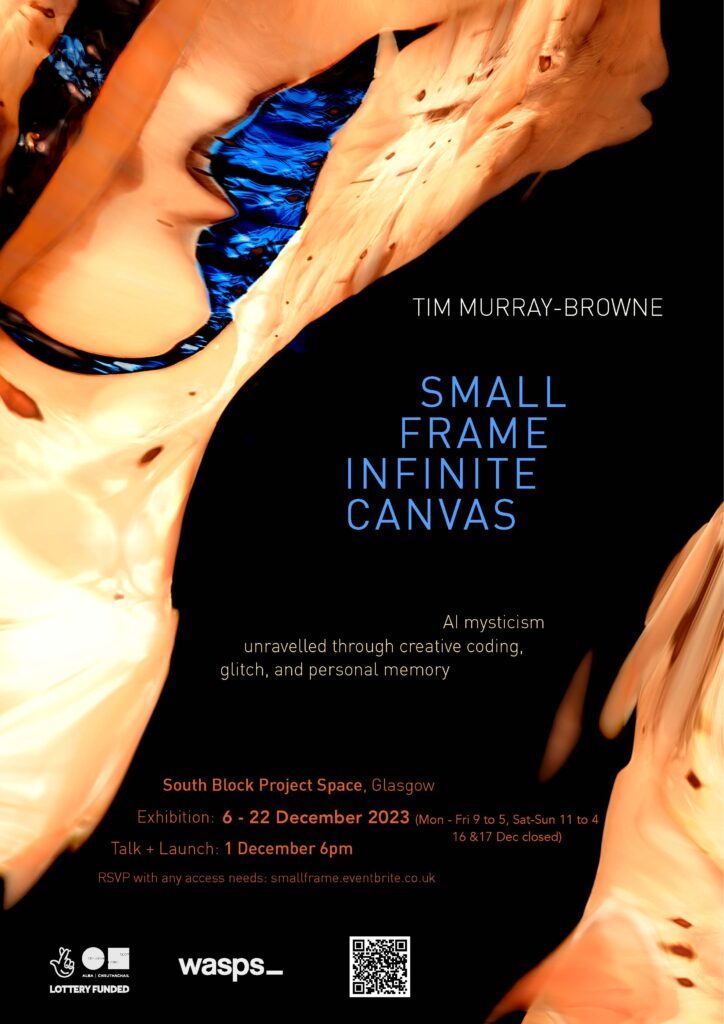
Exhibition
Event Details
Date: December 6 - December 22
Time: Mon-Fri, 9am-5pm and Sat-Sun, 11am-4pm. Closed on 16 and 17 December.
Address:
South Block
South Block
60-64 Osborne Street
Glasgow
G1 5QH
